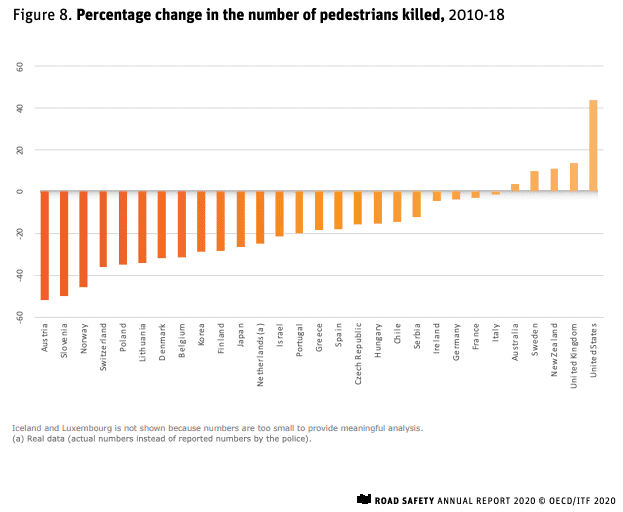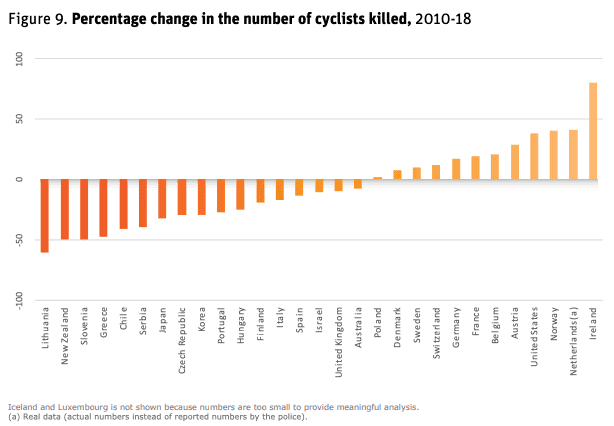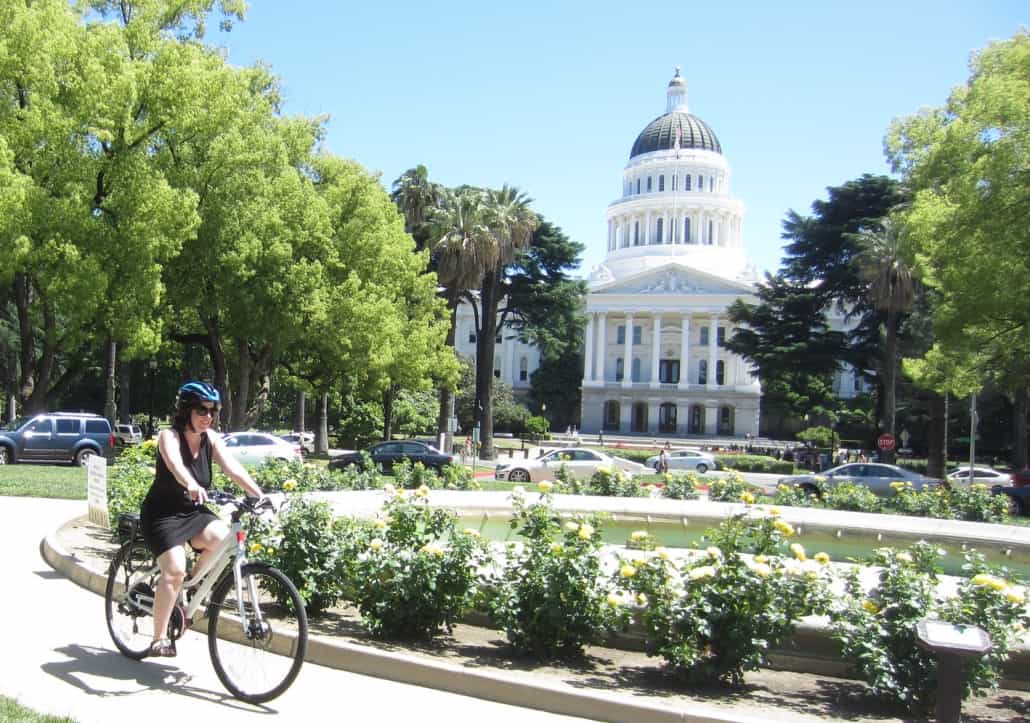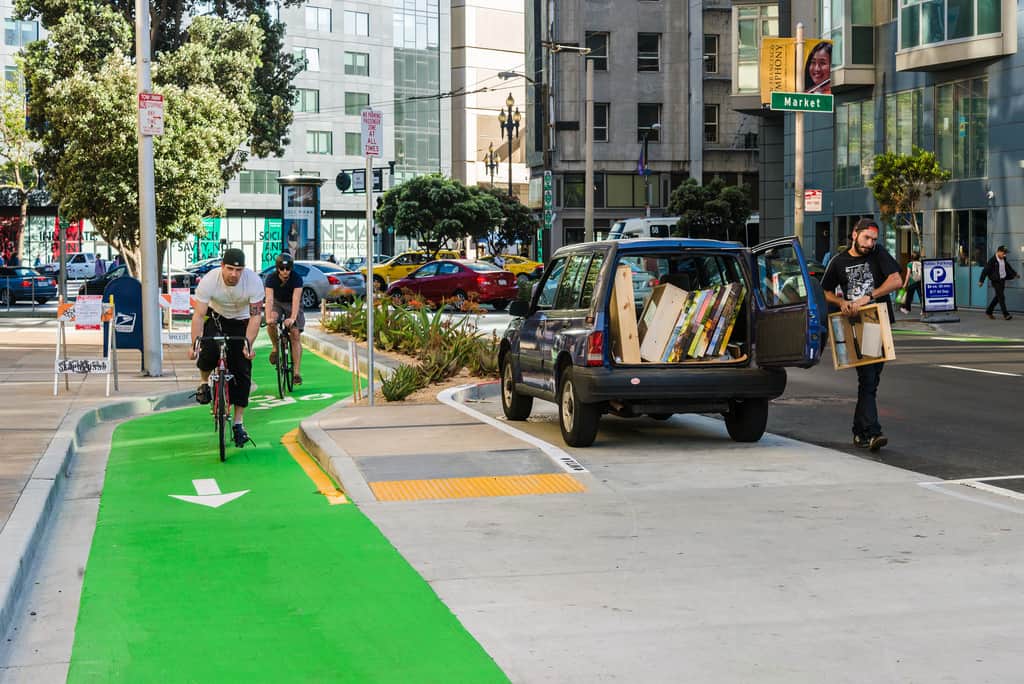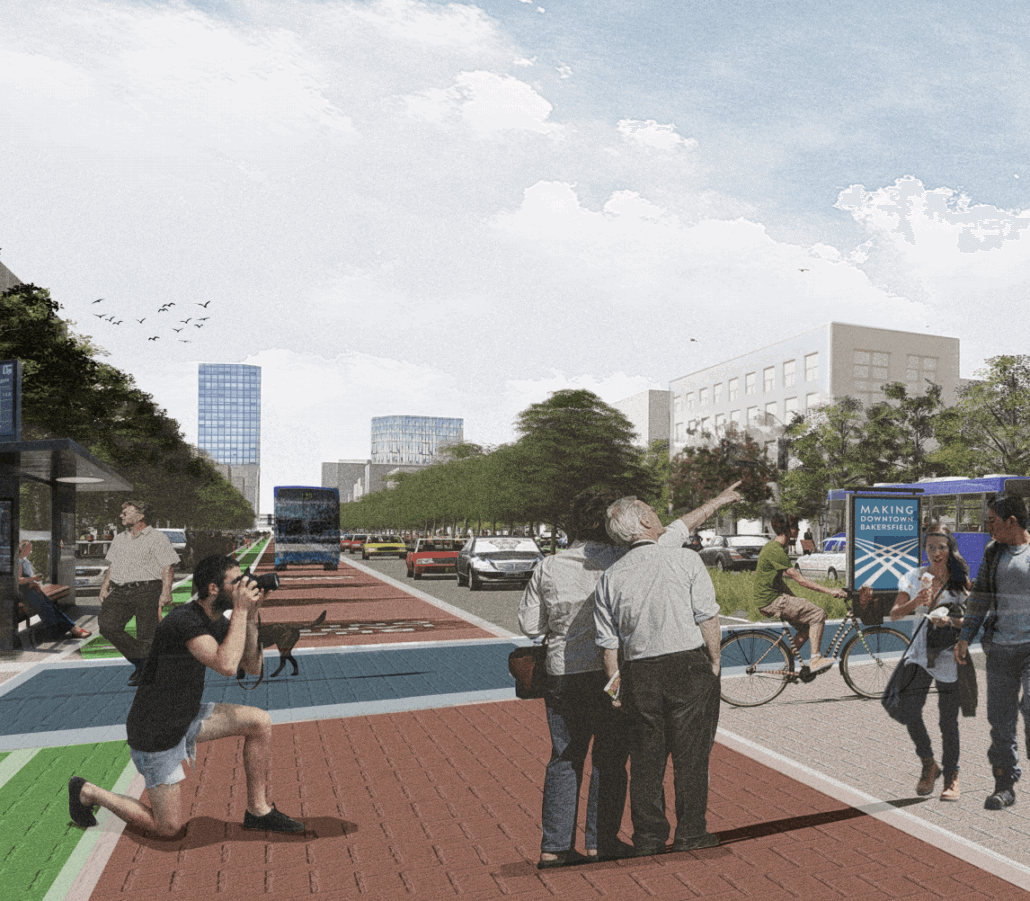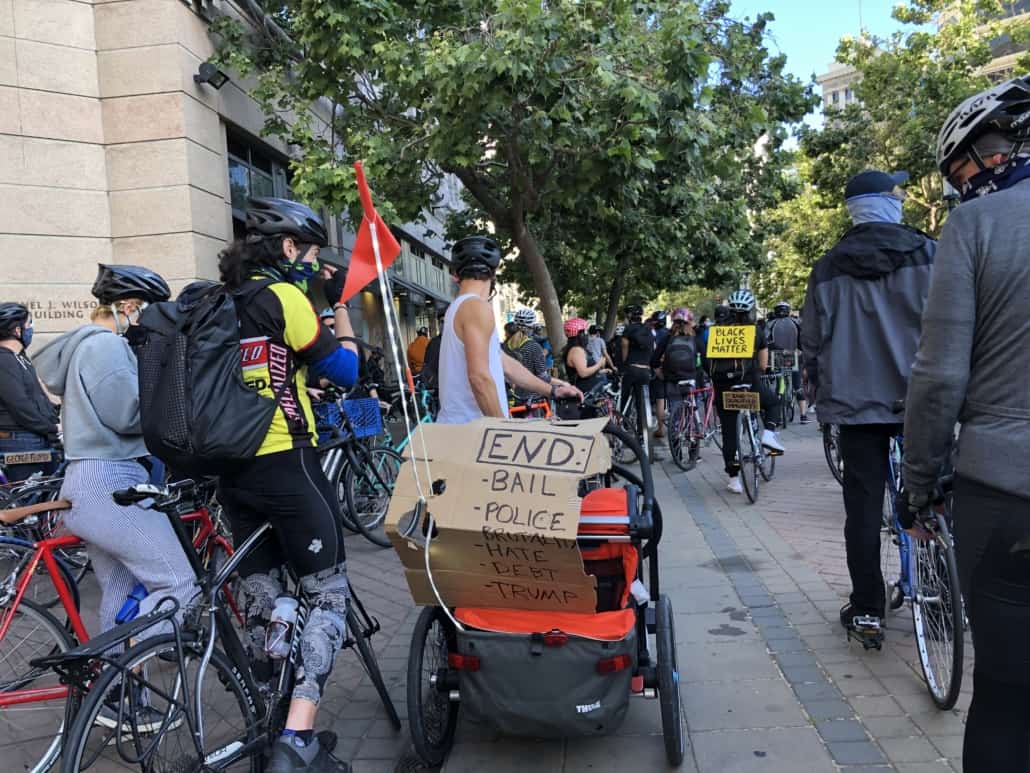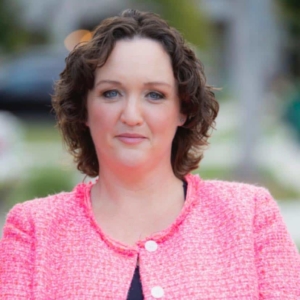What Can California Learn about Traffic Safety from Europe?
CalBike recently spoke with two researchers who compared trends in pedestrian and bicycle fatalities among the US, the UK, Germany, and Denmark. We outlined their findings in a post about the alarming trend in US fatalities.
Our far-ranging discussion didn’t stop with the data in their new study. The researchers had lessons to share based on their cross-cultural studies in urban affairs. They also had advice on the best way to reduce fatalities in the US (reduce speeds) and where the energy to make the change needs to come from (the grassroots).
John Pucher is a professor emeritus at Rutgers University. Ralph Buehler is a professor and the chair of Urban Affairs and Planning at Virginia Tech. Both specialize in urban transportation, and much of their research focuses on international comparisons, like their latest study. Buehler is a native of Germany, and Pucher has lived in Europe.
Citizens demand safer streets
European cities weren’t always the bicycling havens that many of them are now. “I would emphasize that many of the cities were completely destroyed during WWII,” Pucher said. “It was an explicit decision to build them back in the old pattern.”
Many European cities initially emulated the US model, building wider roads where cars could drive faster and littering their cities with parking lots. Air quality suffered, traffic fatalities rose, and parking lots ate up land in short supply in dense and compact cities. “Following the American model was a disaster,” Pucher said. “They were ruining their cities.”
Beginning around 1975, a mostly grassroots movement took back streets in big cities and small towns across Europe as “one neighborhood after another demanded traffic calming,” according to Pucher.
As a result, the majority of streets in Vienna are traffic-calmed. About 75% of all Dutch streets are calmed, and that country voted to enact a nationwide 30 kph (18.5 mph) speed limit. (The prior limit was 50 kph or about 30 mph.) Cities will have to petition for permission for higher speed limits.
The case for creating European-style infrastructure in the US
But can it work here? Is it possible to overcome resistance from NIMBYs predicting carmaggedon if communities remove even one lane of traffic to make room for safe biking? Buehler and Pucher think so. (Plus, the concept of America’s “love affair with cars” was created by an ad agency and may be a myth, according to a recent episode of The War on Cars podcast.)
Buehler recounted a presentation he gave about US bikeways to a European audience. The group thought it should be much easier to put in bikeways in the US because our roads are very wide. It’s more of a challenge on the narrow roadways in European communities. He pointed out that 40% of US trips are 2 miles or less, so biking is a reasonable choice for everyday transport.
“What it comes down to is a political willingness at all levels of government to make pedestrian and cyclist safety a priority,” Buehler said, instead of a “second thought.”
“There’s a lot more focus on moving cars,” he said. “The measures [to create bike- and walk-friendly streets] are there. They are known.” The missing ingredient is the political will to implement them.
Finding the political will to make a change
One way to help build that political will is to reframe the discussion. Decisions about the allocation of street space in the US are often treated as a zero-sum game where someone has to lose, and the “windshield” contingent sees sharing as a threat to freedom. The truth, according to Buehler and Pucher, is that Americans suffer from a lack of choice.
“In many places, you have to drive – otherwise, you are kind of an outlaw,” Buehler said. “What we have to build is a safe system but also a system that gives you choices.”
In European cities, some people drive cars, but it is not their only option. With enough grassroots pressure, we can bring transportation choices to California and the US as a whole. Imagine communities where taking transit, biking, walking, or driving a car were all safe and viable options for people to get where they needed to go.
CalBike believes in this vision. We’re working with Caltrans to reorient the car-centric agency to focus on slower, more livable streets that are safe and comfortable for all users. In 2020, we helped pass a law that will make it cheaper and easier for California communities to build bike lanes. We created a Quick-Build Guide to provide tools for making streets safer with minimal cost and time. Next year, we’ll work to get subsidies for e-bikes, which are a great way to replace car trips, as part of an ambitious agenda to make it easier and safer to bike and walk and to mitigate climate change by transitioning California from its car-dependence.
Putting the “zero” in Vision Zero: a recipe for safer streets
Pucher noted that the built environment is not the biggest obstacle to safe streets. He likes to highlight the fact that kids are the primary victims of fast traffic in our neighborhoods. By letting motor vehicles zoom through residential areas, we are “stealing space from kids.” We have a choice to make: our kids or our cars. “You have to put it in those dramatic terms,” he said.
“There are so many policy levers at the local level that ultimately determine how attractive a cycling environment you have,” Buehler said. “There are many decisions that local planners and policymakers make that determine the attractiveness of walking and bicycling.” However, he said, “If you reduce the speed, you can avoid many crashes.”
“Push for real change. Just because the governor or somebody announces Vision Zero doesn’t mean we are heading for Vision Zero,” Buehler said. “Just getting something into a policy document isn’t enough.”
Pucher noted that studies show that traffic calming more than anything else reduces traffic injuries and fatalities. Reduced speed limits have to be enforced through widespread speed cameras and red light cameras.
CalBike’s work to make safer streets a reality
California law needs to change to make these critical changes possible. Right now, a regressive law prohibits communities from setting a speed limit lower than the “85th percentile speed.” This method sets speed limits according to the (often irresponsible) behavior of drivers, not the needs of the community.
The Zero Traffic Fatalities Task Force, of which CalBike was a member, focused on reducing vehicle speeds. It found that the 85th percentile method of setting speed limits is problematic. It doesn’t allow enough flexibility to set lower limits to protect vulnerable road users. This method can also lead to speed creep, forcing jurisdictions to raise speed limits based solely on driver behavior, not road safety. In its final report, the task force recommended making it easier to set lower speed limits in areas with vulnerable road users or high rates of injuries. It recommended studying a change in California’s speed setting methodology. However, the task force didn’t take up CalBike’s recommendation to create 20 mph zones on neighborhood Slow Streets. There is still much more work to be done. CalBike will continue to look for ways to change California’s retrograde speed laws.
Speed cameras are another innovation that would save lives while reducing the role of police in traffic enforcement. Currently, California prohibits the use of speed cameras for traffic enforcement. CalBike supports speed cameras as a more effective and also more equitable way to keep our streets safe.

